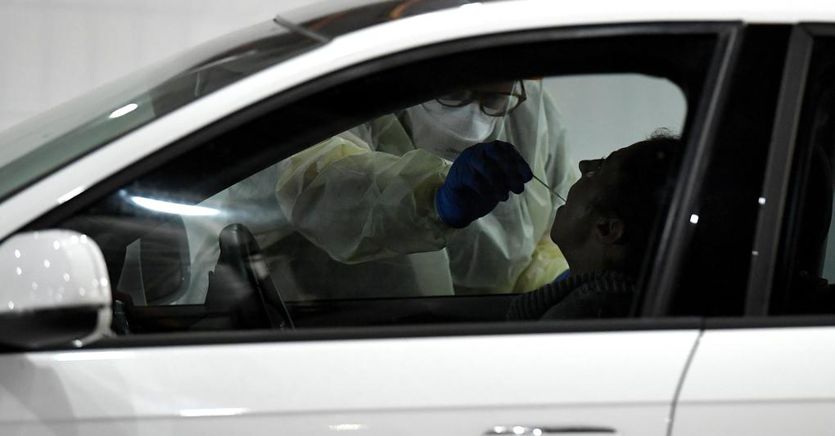The incidence of Covid-19 cases in Italy rises (725 cases per 100 thousand inhabitants compared to 510), less full intensive care units, stable employment of ordinary wards by Covid patients. The transmissibility index Rt instead rises from 0.84 to 0.94. This is the weekly picture provided by the monitoring of the Iss control room, Ministry of Health and Regions on the Covid-19 epidemic.
Intensive employment down 4.8% from 5.5%
The intensive care employment rate is 4.8% versus 5.5% last week. The employment rate in medical areas nationwide was instead stable at 12.9% compared to 12.9% the previous week.
Four high-risk regions
Four Regions / Autonomous Provinces are classified at high risk of Covid-19 progression, due to multiple resilience alerts. Fifteen Regions / Pa are at moderate risk, of which two are highly likely to progress at high risk. The other two Regions / PA are classified as low risk. It is the map drawn by the In addition, 17 Regions / PA report at least a single resilience alert. Four Regions / PA report many.
Nine Regions above the wards threshold (none for intensive)
Nine regions are above the alert threshold of 15% for the occupation of the wards by Covid patients: Abruzzo (19%), Basilicata (23.4%), Calabria (31.3%), Lazio (16.1 %), Marche (16.4%), Puglia (18.8%), Sardinia (21%), Sicily (23.3%) and Umbria (27.6%). On the other hand, no Region exceeds the alert threshold of 10% for the employment of intensive care. The incidence of Covid cases exceeds the value of 1000 per 100 thousand inhabitants in 3 Regions: Calabria (1079.3), Puglia (1060.2) and Umbria (1588.4).
Covid cases found with tracking are decreasing
The percentage of cases detected through contact tracing activity is decreasing (14% versus 17% last week). The percentage of cases detected through the onset of symptoms is stable (37% compared to 37%). The number of cases diagnosed through screening activities increased (49% against 46%).
